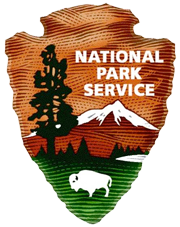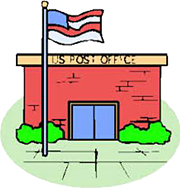GATLINBURG, TENNESSEE. You’re going to like it here! This small mountain town is home to less than 4,000 folks but it attracts more than 11 million visitors a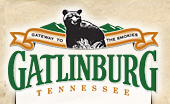 year and can grow to a population of 40,000 on any given night. It’s nestled at the entrance to the Great Smoky Mountains National Park, the most visited national park in America. The locals claim that Gatlinburg is where Sunday drives were invented. There are three entrances to the Park from Gatlinburg and each one takes you through a different section of the 800 square miles of unspoiled Appalachia. The weather has been picture postcard perfect for our visit: blue skies and white fluffy clouds with high temperatures in the upper 70’s. And, for the first time in over a year, low humidity! It’s even bit a little chilly in the evening. We’re loving it!
year and can grow to a population of 40,000 on any given night. It’s nestled at the entrance to the Great Smoky Mountains National Park, the most visited national park in America. The locals claim that Gatlinburg is where Sunday drives were invented. There are three entrances to the Park from Gatlinburg and each one takes you through a different section of the 800 square miles of unspoiled Appalachia. The weather has been picture postcard perfect for our visit: blue skies and white fluffy clouds with high temperatures in the upper 70’s. And, for the first time in over a year, low humidity! It’s even bit a little chilly in the evening. We’re loving it!
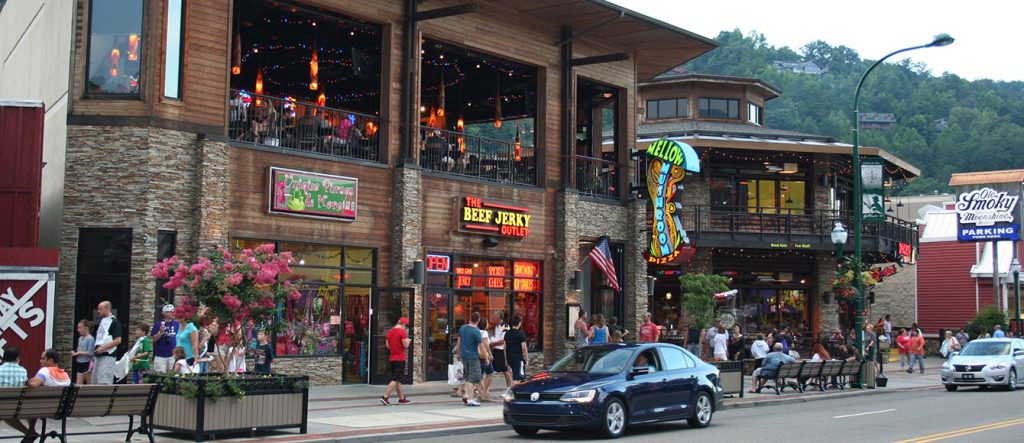
The downtown parkway in Gatlinburg has hundreds of shops, restaurants, boutiques, hotels, lodges, dinner theaters and outfitters. A diner’s paradise and a shopper’s paradise.
A LITTLE HISTORY. Things stayed pretty quiet around Gatlinburg for a long time until the ultimate game changer arrived in the 1930’s. Great Smoky Mountains National Park: big name, big park. President Woodrow Wilson signed an act creating the park “…to conserve the scenery and the natural and historic objects and the wildlife therein and to provide for the enjoyment of the same in such manner and by such means as will leave them unimpaired for the enjoyment of future generations.” Wilson’s vision was spot-on and has carried over into the modern day Gatlinburg experience. The national park has transformed Gatlinburg from a sleepy little town of 70 plus years into the perennial mountain getaway choice of generations of families.
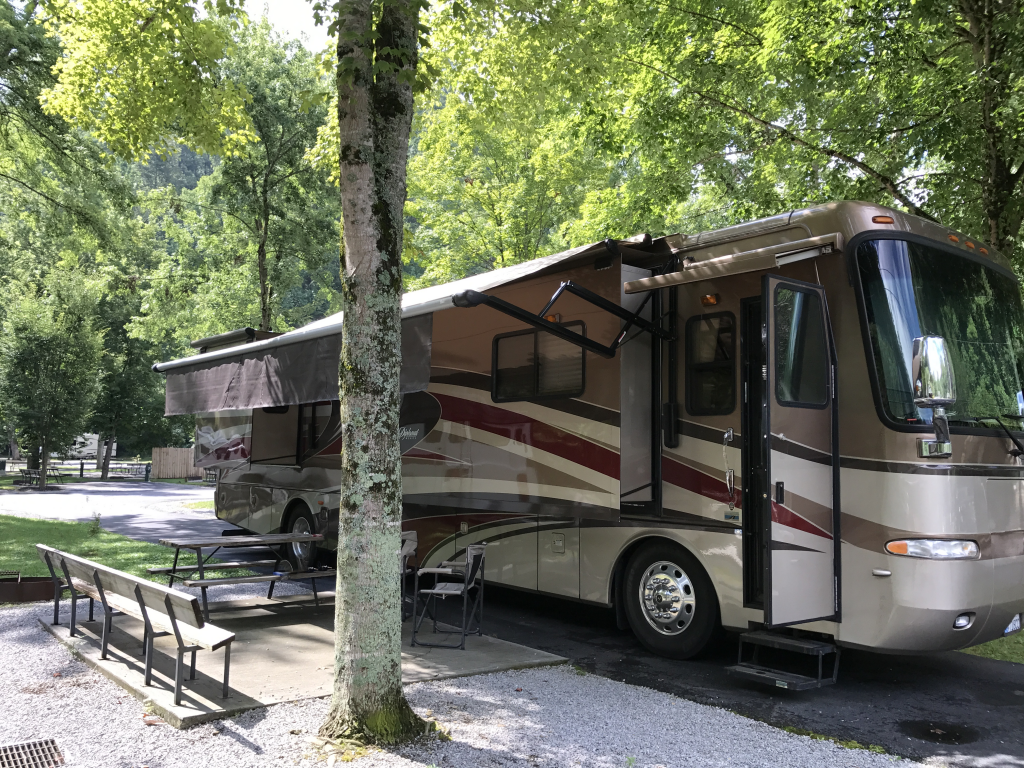
Our site at Twin Creek RV Resort in Gatlinburg.
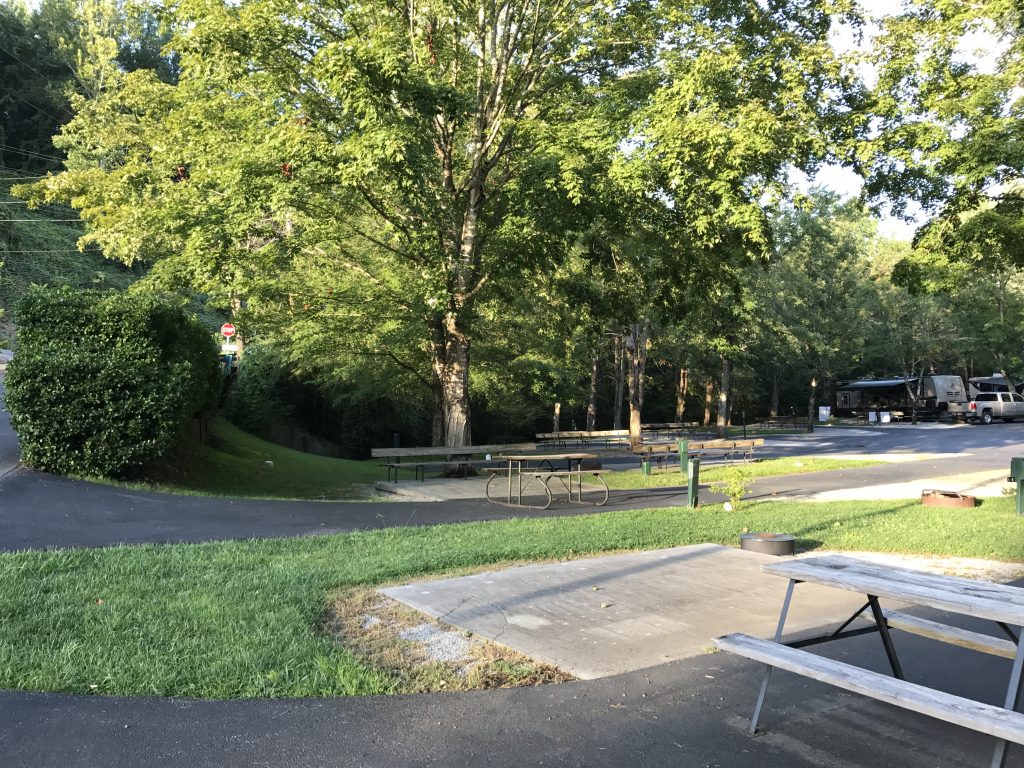
The park is well maintained and is very quiet. It’s located just minutes from an entrance to the National Park. You can also catch the tram and ride to the downtown parkway shops and restaurants.
THE NATIONAL PARK. Great Smoky Mountains National Park straddles the border between North Carolina and Tennessee. The sprawling landscape encompasses lush forests and an abundance of wildflowers. Streams, rivers and waterfalls appear along hiking routes that include a segment of the Appalachian Trail. (Speaking of trails, there are lots of Jeep trails, as well. Wish we had time to drive some of them!) There are ample opportunities here for prime viewing of wildlife such as black bears, white-tailed dear and coyotes. (I tried to spot a black bear but, alas…no sighting. This is a little reminiscent of my alligator search when we first arrived in the South.) Well preserved pioneer buildings can be found in the park and the lakes and rivers are popular with anglers. Pigeon River features white-water rafting. Horseback riding in the summer and skiing in the winter round out the list of activities available here.
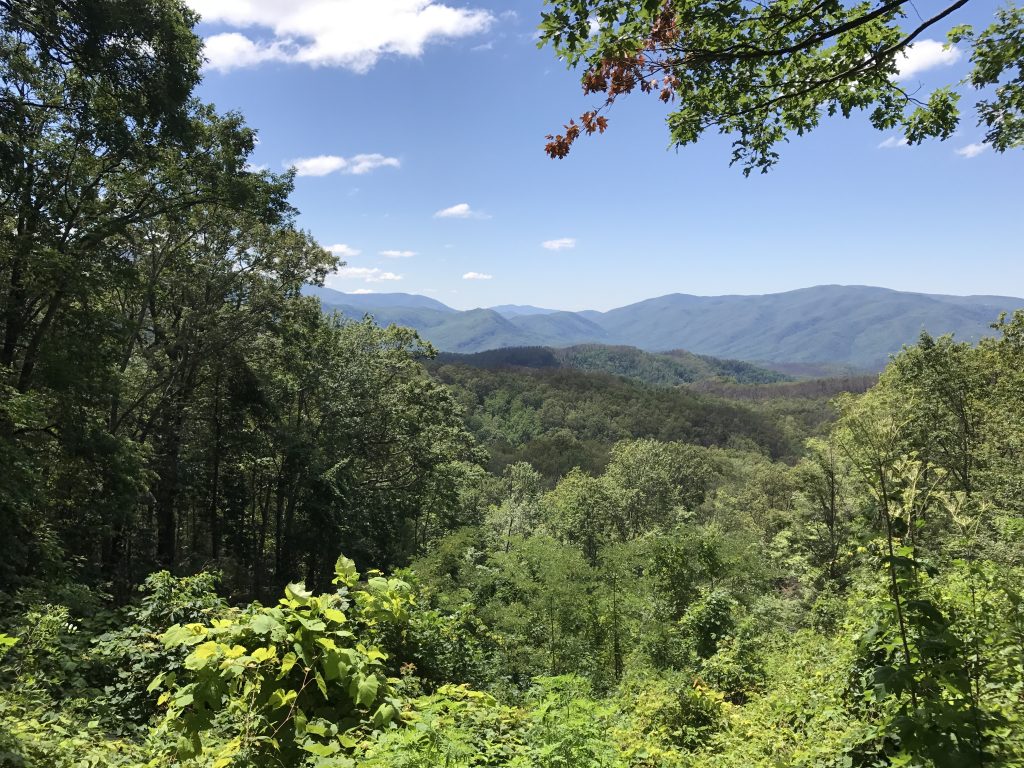
This is the Great Smoky Mountains National Park. Scenes like this take your breath away and make an impression we’ll never forget.

The one-way Roaring Fork Trail that makes a six mile loop through the Park.
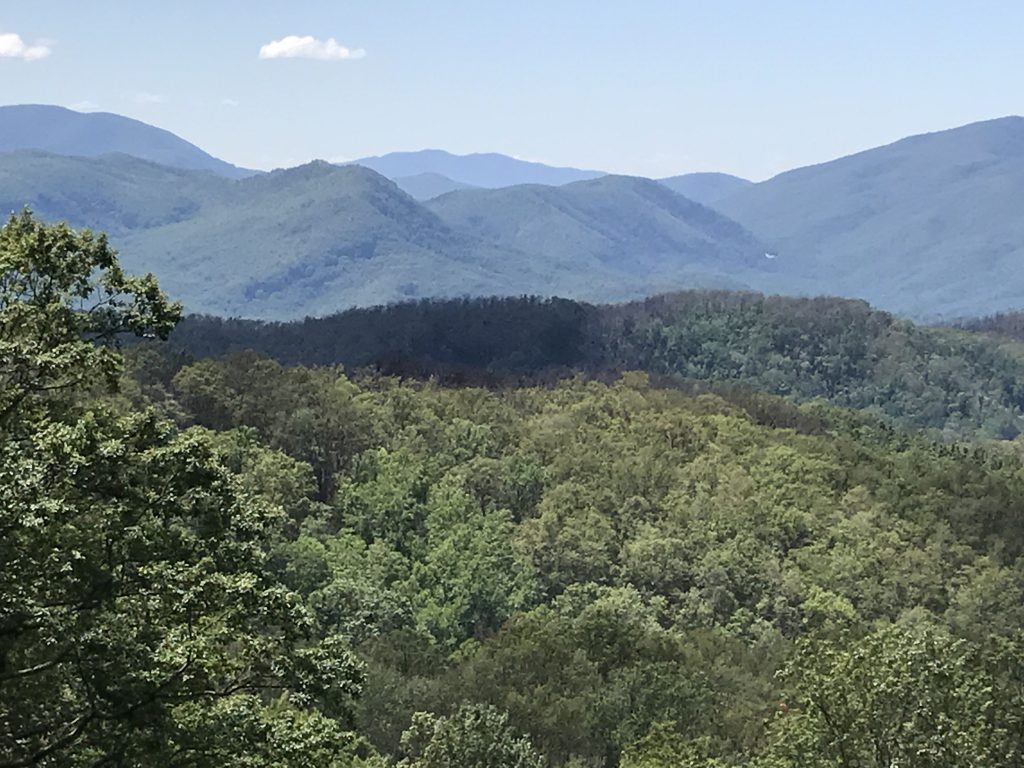
Another view across the valley toward the Smokey Mountains.
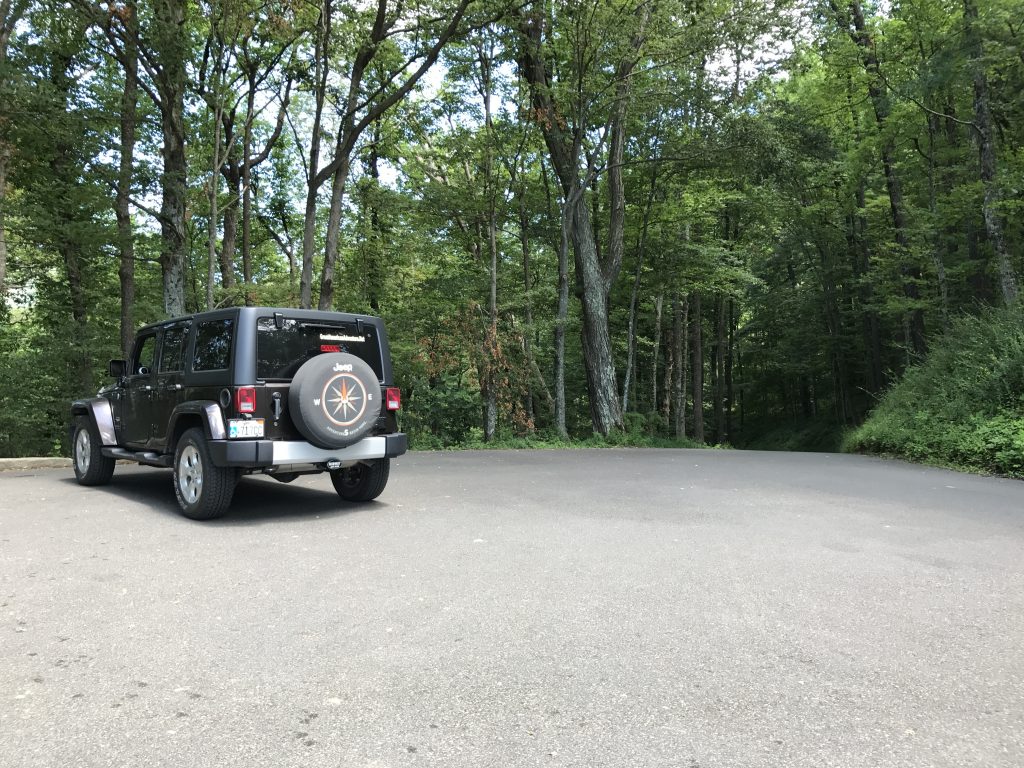
The trail continues through the “tunnel” to the right of our Jeep.
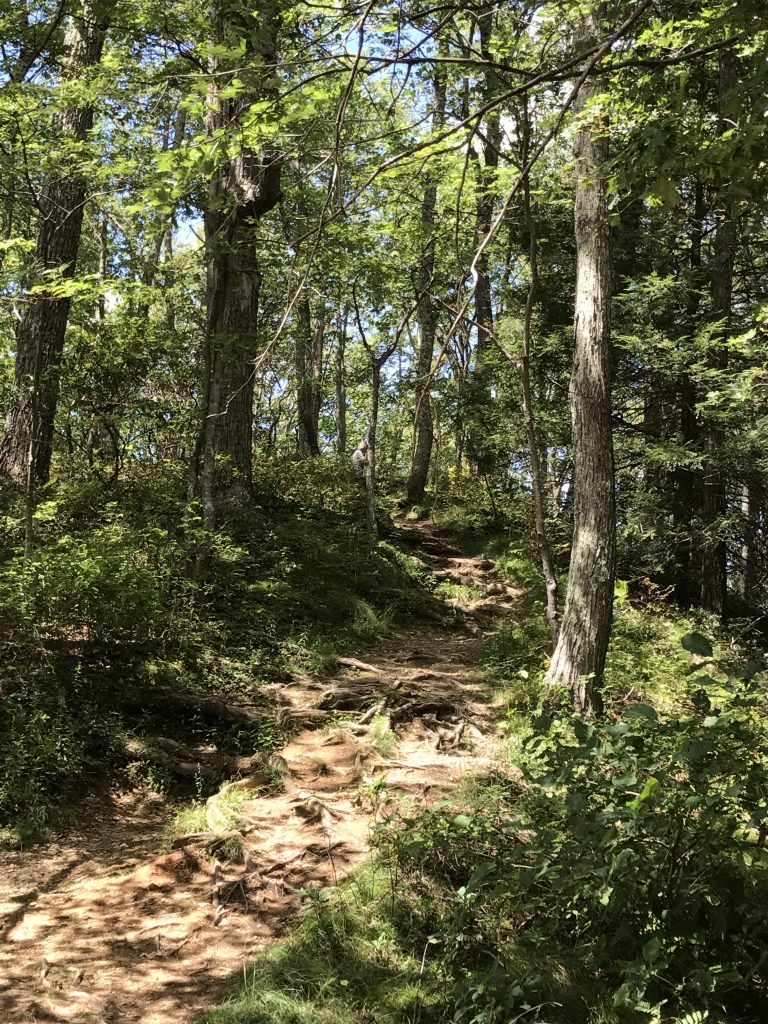
One of many hiking trails leading from the road. This is a backpacker’s paradise!
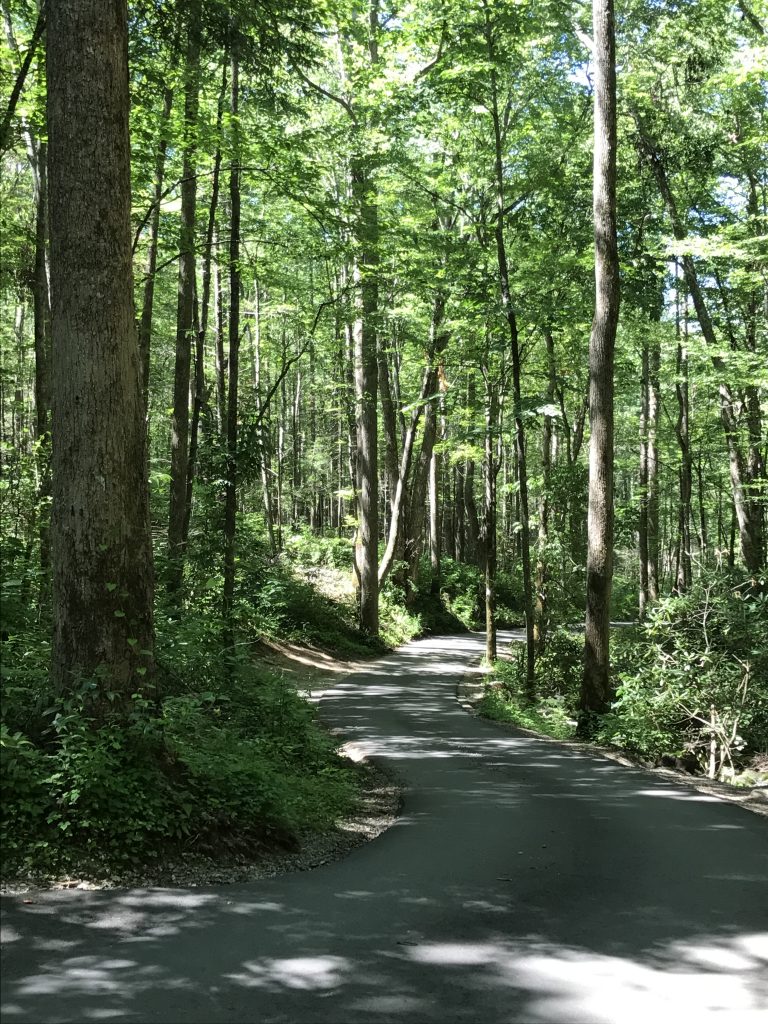
We spent about two hours driving the trail, even though it is only six miles long. No reason to rush!
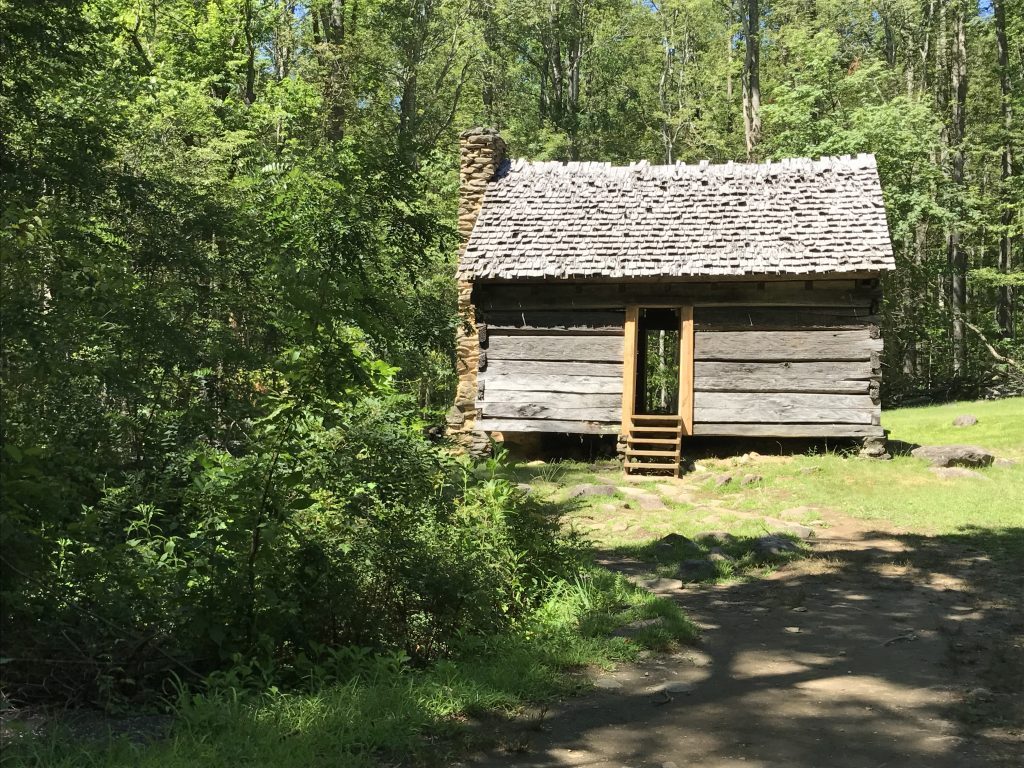
Along our drive, we came upon an old pioneer’s house.
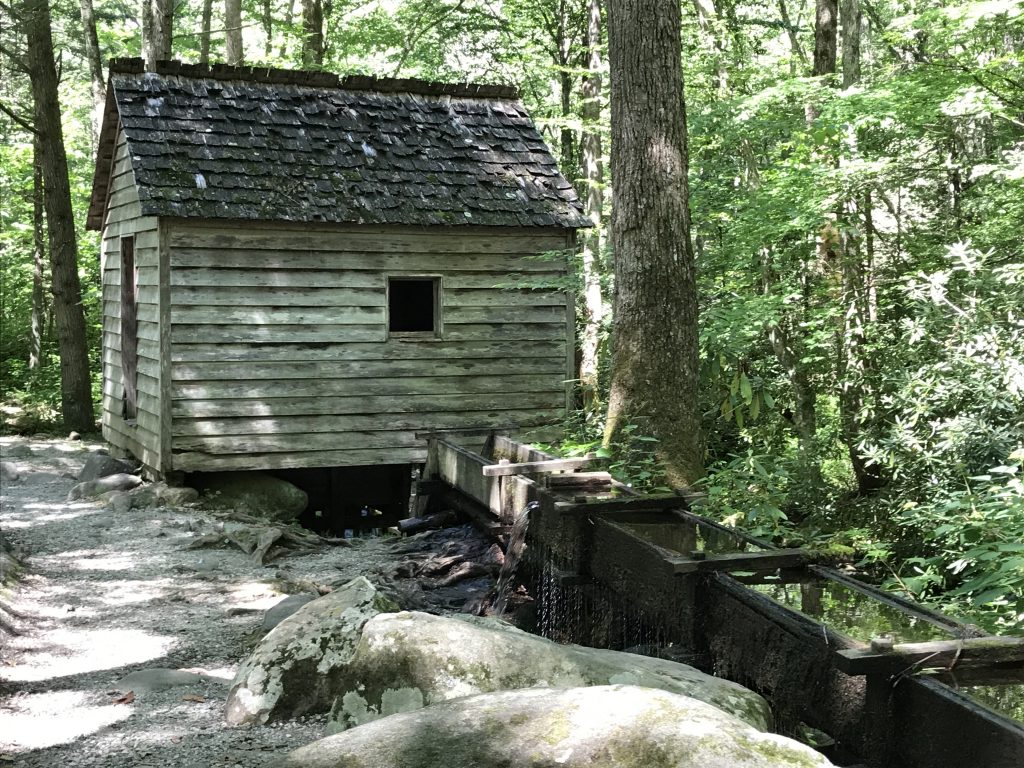
A grist mill alongside the creek, abandoned many years ago.
TOMORROW, we’ll take a photographic journey through the Cades Cove Scenic Drive. It winds for eleven miles through a different section of the national park. Europeans settled the Cades Cove area between 1818 and 1821. Today visitors can enjoy the largest variety of historic buildings in the Great Smoky Mountains National Park. The buildings include three churches, several log homes, a cantilevered barn and a working mill. Join us. I think you’ll be glad you did.

I’ll continue my story next time.








